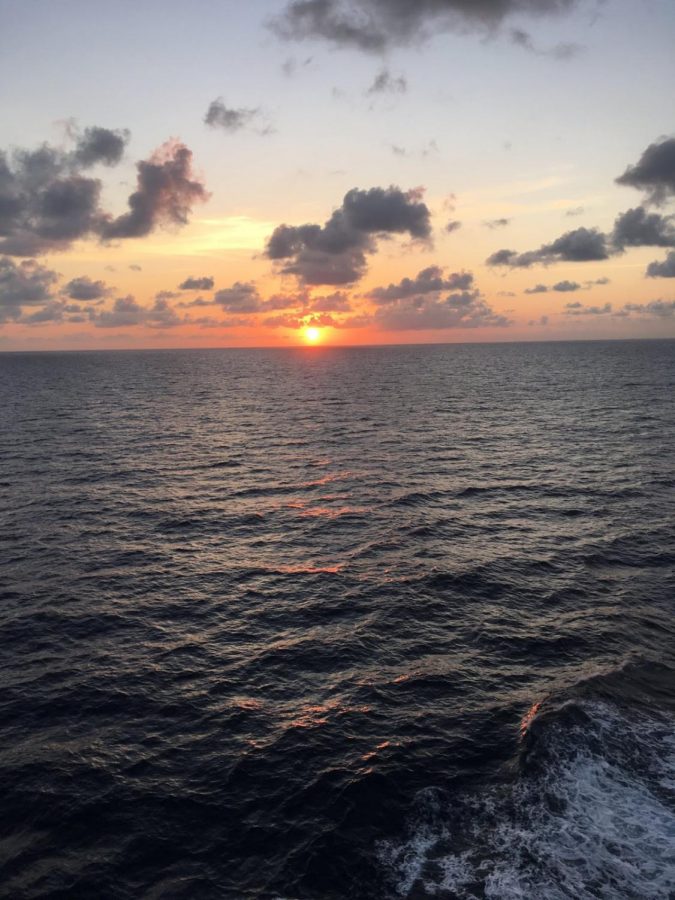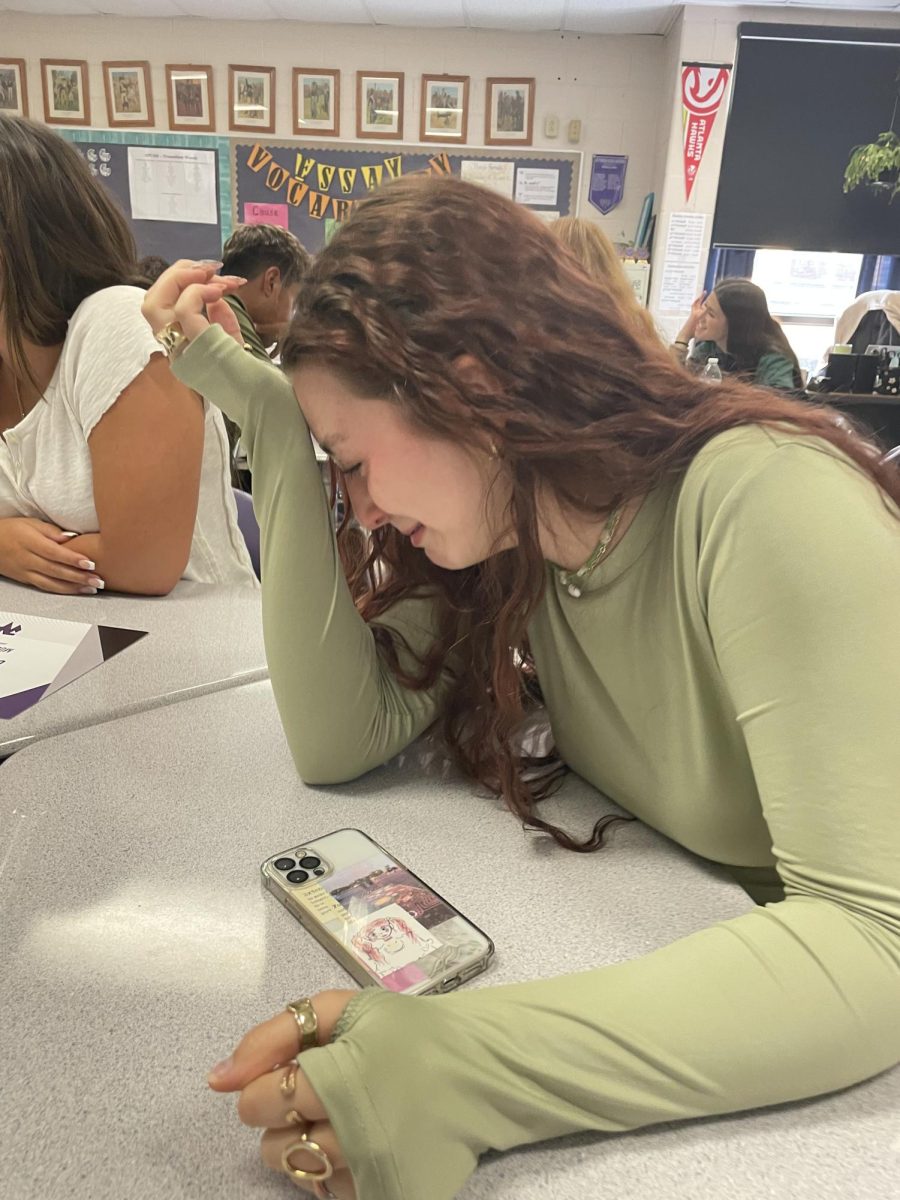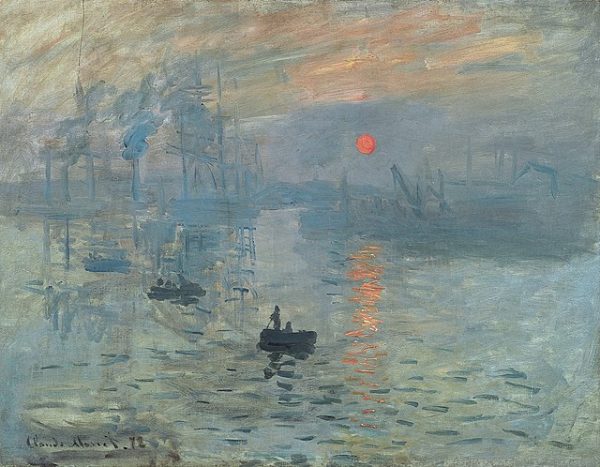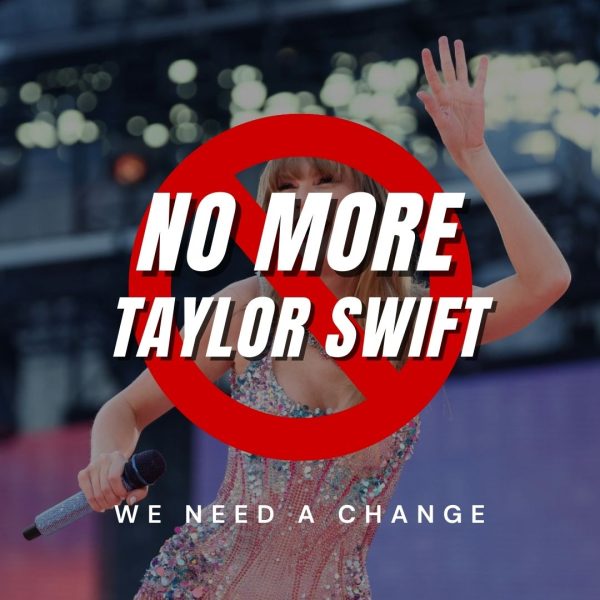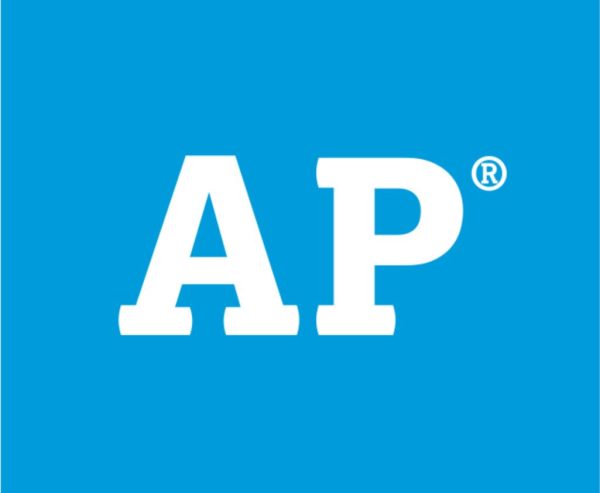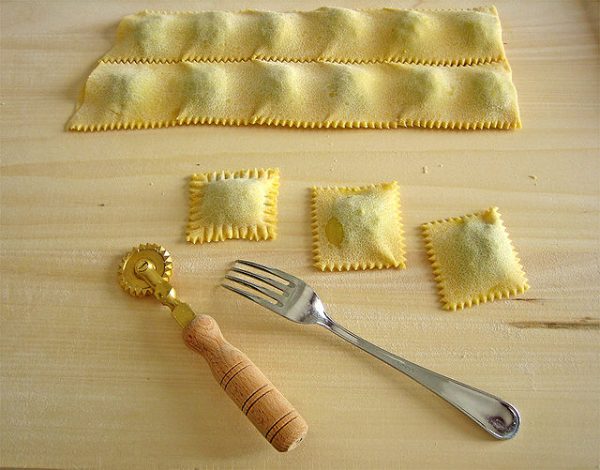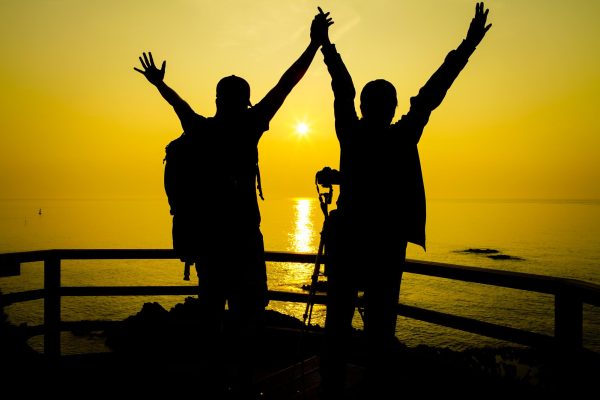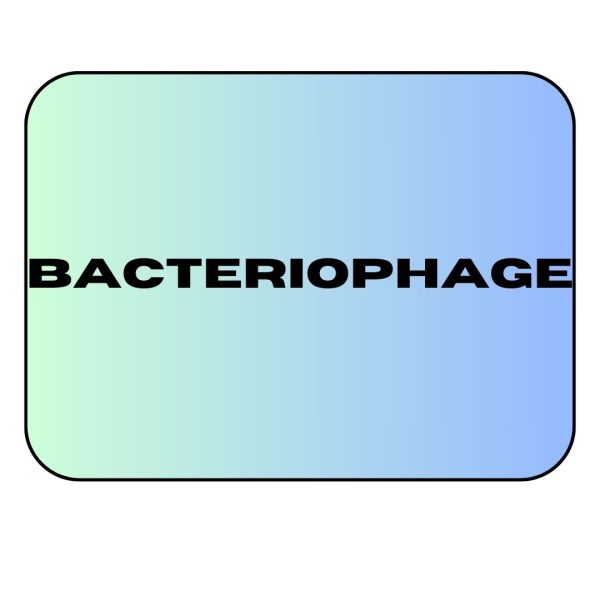Plastic Straws are the Enemy of the Ocean
September 24, 2019
About 70% of Earth’s surface is covered in water. Most of this water is made up of the ocean, which houses an ecosystem of unique creatures that could not live anywhere else. But, through human activity, our oceans are becoming a garbage dump; polluted to the point where there is even an area in the Pacific called the “garbage patch”.
One of the main culprits of this epidemic is something we have all used at one point or another… the plastic straw. Seemingly harmless, and at times, beneficial, many people do not give a second thought about using them. However, since they are so small and lightweight, straws are hard to recycle. This leads to a situation where even the best of intentions are soured by the inevitable.
Since they are not easily recycled, the straws end up being unregistered by the mechanical sorter and end up either being mixed up with smaller bits or being disposed of as garbage. When they end up in landfills, a combination of wind, rain, and other environmental factors bring them to a body of water, which would eventually lead to an ocean.
Sealife could mistake the straws for food, running the risk of choking or ingesting harmful chemicals. As more and more plastic enters the ocean, the chance of an unlucky turtle or fish being exposed to this increases, and more have a chance of dying.
The danger isn’t just the fact that they’re in the water. Plastic is unable to be broken down completely, instead breaking into smaller and smaller pieces. These pieces are called microplastics, and can also be mistaken for food by marine life. And since plastic can not be broken down, it makes it infinitely harder to clean once they’re small.
Humans are also affected by the pollution. Plastic can absorb toxins from their environment, and when they are eaten by fish, they are spread throughout their bodies. The fish are then eaten by larger animals, and these toxins move up the food chain until eventually, they end up on our plate. So, these are dangerous to us as well and can lead to cancer and birth defects.
So, the humble plastic straw, as harmless as it may seem, could be the vice of the human race and the murderer of marine life. Our greatest protection against them is to cease their use, turning to more environmentally friendly options such as paper or reusable bamboo straws. We must be prepared to give up on some luxuries in order to make the world a better place.
Some have already taken up this action. Abby Byers, a freshman at North Forsyth High School, says “I do not use any plastic straws. 0 a week.”
“I don’t eat out often, and I don’t buy any (straws)” Elizabeth Sharp, a 9th grader says. Not to mention that the cafeteria doesn’t have straws during lunch, which is yet another step in the right direction.
Only we can save our oceans. For the sake of all ocean creatures, we must give up on these plastic menaces and turn to a safer alternative. It’s up to us to protect the world in which we live in.


